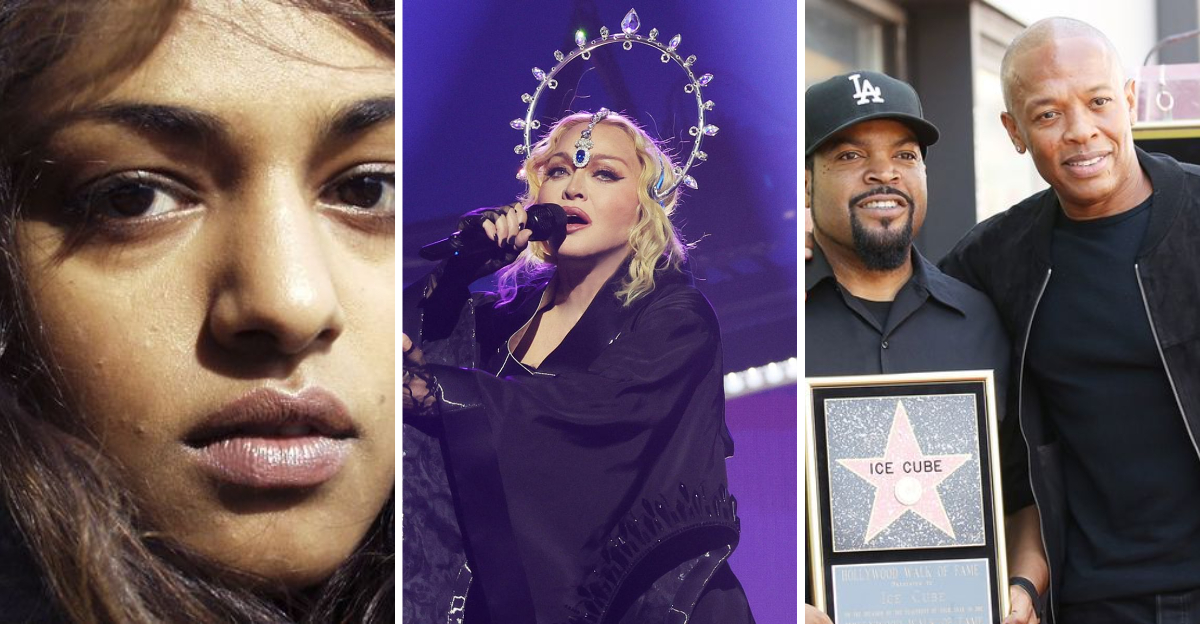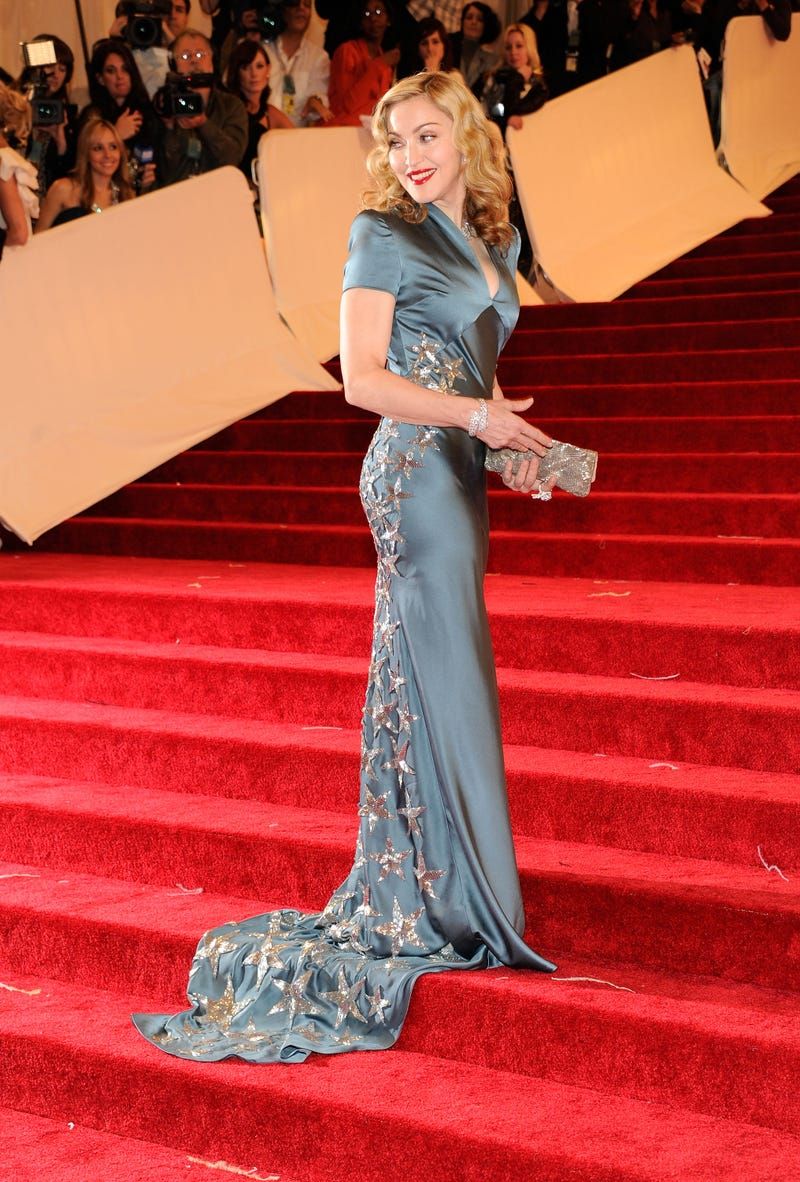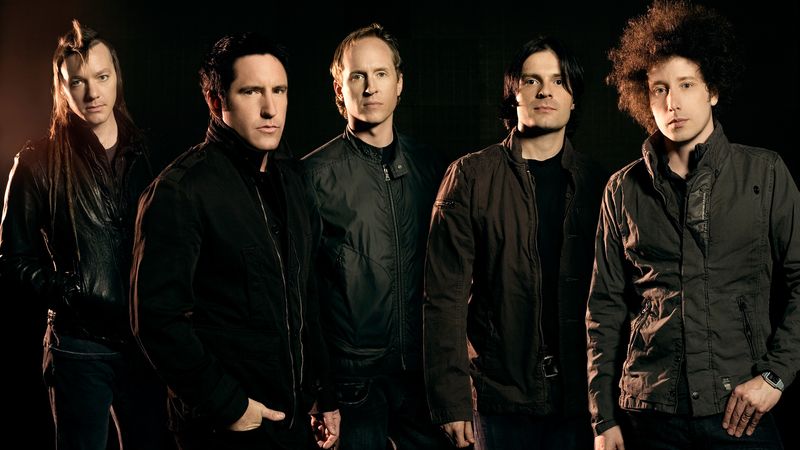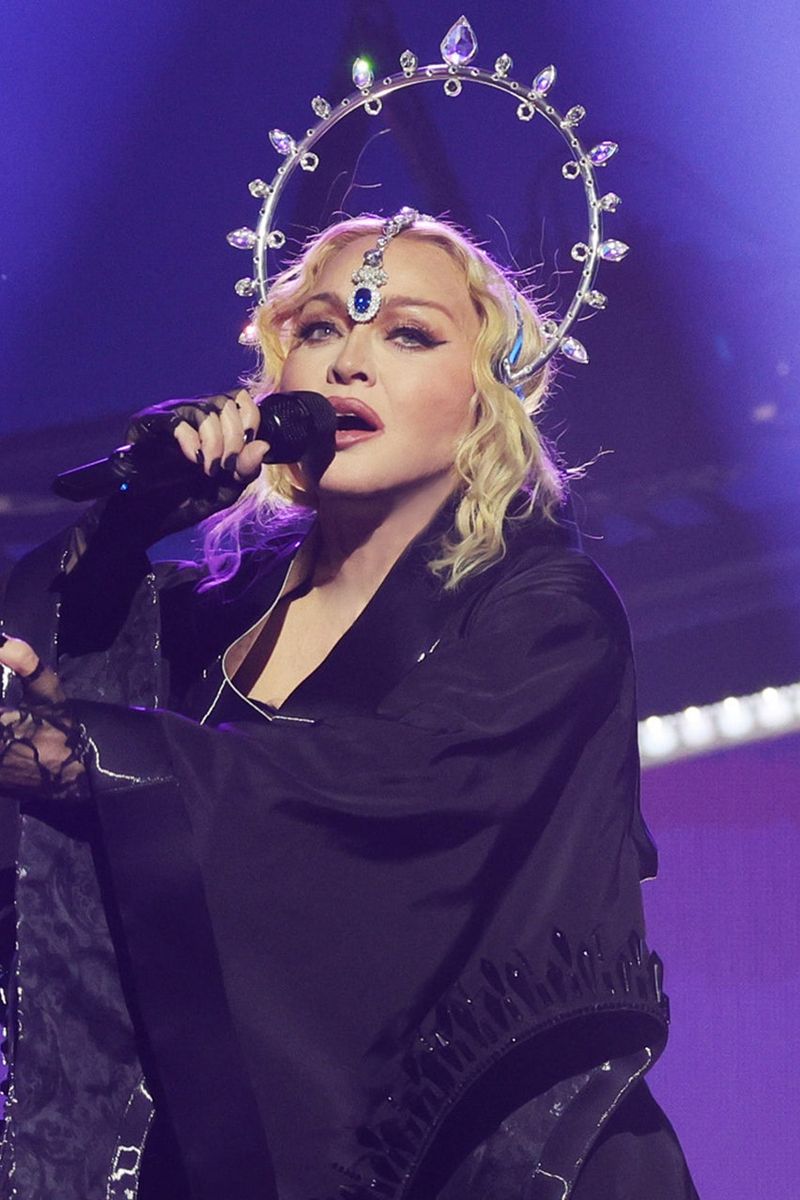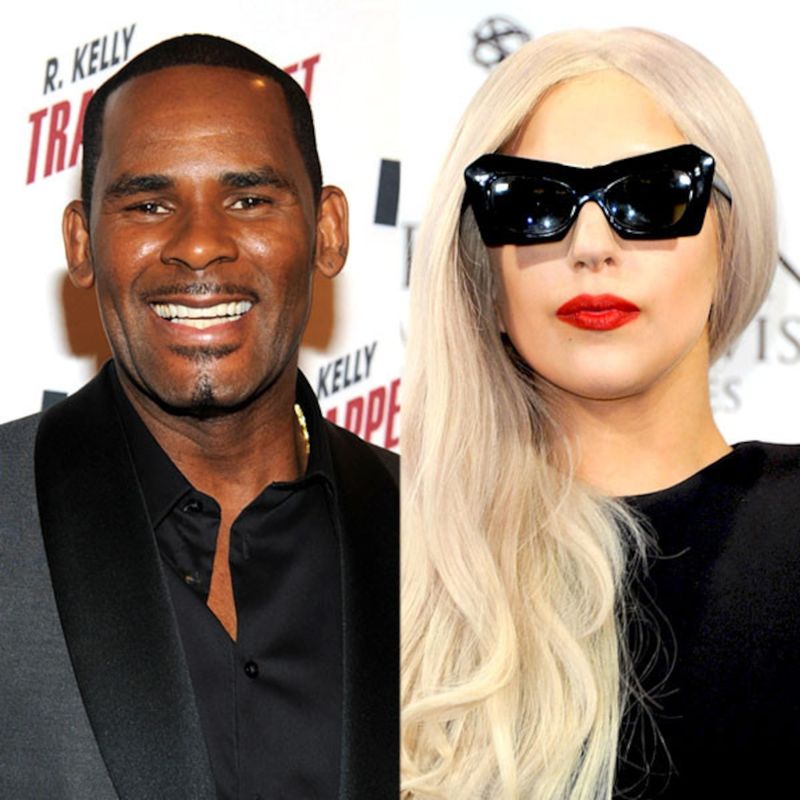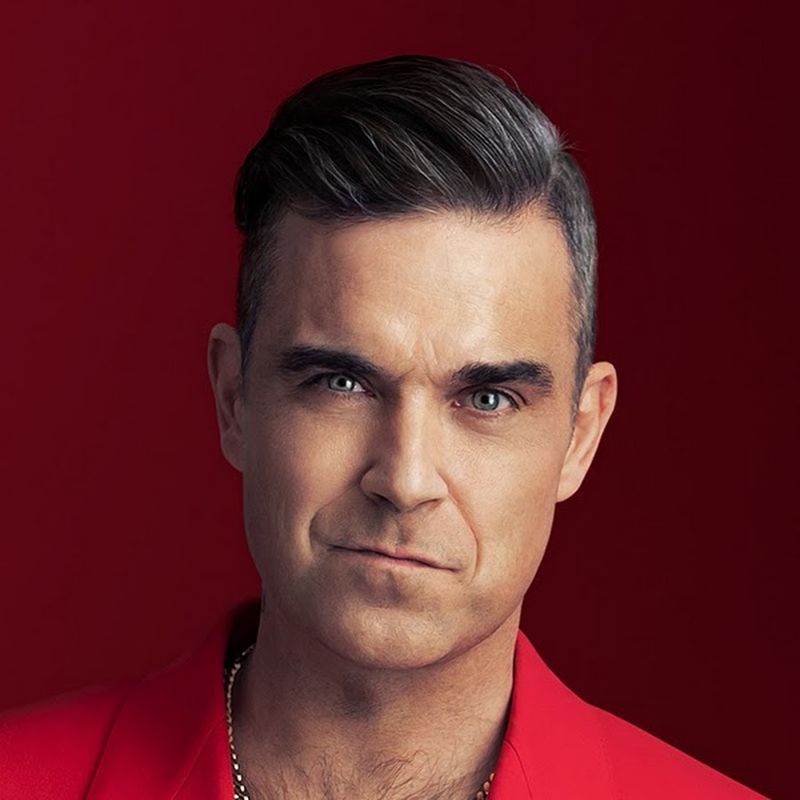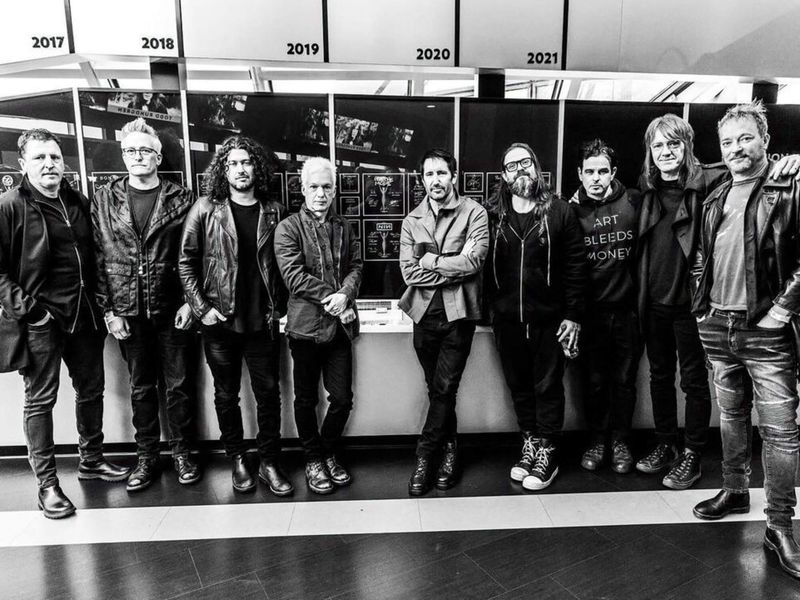The MTV era was a groundbreaking time for music and visual storytelling, yet some videos were too controversial to stay in the spotlight.
Here are 14 music videos that pushed boundaries and were subsequently banned from MTV, never to replay. These clips reflected societal issues, artistic exploration, and sometimes even censorship.
Their stories continue to intrigue and provoke discussions on the intersection of music, video, and cultural norms.
1. “Like a Prayer” – Madonna
Madonna’s “Like a Prayer” stirred up a storm of controversy due to its provocative religious imagery. The video features burning crosses, stigmata, and a depiction of an African-American saint, which sparked outrage among religious groups. Initially embraced for its artistic boldness, MTV later pulled it from rotation.
The intense backlash highlighted the tension between artistic expression and religious sensitivity. This iconic video remains a powerful statement on faith and race, making it a significant part of pop culture history. Despite the ban, it solidified Madonna’s reputation as a fearless artist.
2. “Smack My B** Up” – The Prodigy
The Prodigy’s “Smack My B** Up” caused a stir with its graphic depiction of a wild night out. The video, known for its first-person perspective, portrays heavy drinking, drug use, and violence, culminating in a shocking twist.
MTV banned it due to its explicit content. Despite the ban, the video gained a cult following, praised for its innovative storytelling and raw energy.
The controversy surrounding “Smack My B** Up” reflects the challenges of portraying gritty realism in music videos and the fine line between art and excess.
3. “Body Language” – Queen
Queen’s “Body Language” was banned by MTV for its suggestive content. The video, featuring Freddie Mercury in a sultry setting, included innuendo and sensual visuals that were considered too explicit at the time.
The ban highlighted the conservative climate of the early MTV years, where such bold expressions were often met with resistance.
Despite this, “Body Language” showcased Queen’s experimental side and Freddie Mercury’s charismatic presence. The video’s ban didn’t dim its impact, as it remains a classic example of the intersection between music and visual art.
4. “Closer” – Nine Inch Nails
Nine Inch Nails’ “Closer” is renowned for its unsettling and dark visuals. The video, featuring disturbing religious and animal imagery, was too extreme for MTV, leading to its ban.
Despite the prohibition, “Closer” received critical acclaim for its artistic depth and bold commentary on themes of desire and control.
Trent Reznor’s creative vision challenged conventional storytelling, pushing the envelope of what music videos could convey. The legacy of “Closer” endures, highlighting the enduring appeal of provocative and thought-provoking art.
5. “Justify My Love” – Madonna
Madonna’s “Justify My Love” was deemed too steamy for MTV, leading to its ban. The video, set in a sultry hotel room, explores themes of sexuality with provocative and risqué scenes that were ahead of its time.
MTV’s decision to ban it only fueled its popularity, turning it into one of the best-selling video singles. The controversy emphasized the ongoing debate about sexuality in media.
Madonna’s bold approach in “Justify My Love” showcased her willingness to challenge societal norms and push the boundaries of acceptable content in the music industry.
6. “Natural Born Killaz” – Dr. Dre and Ice Cube
“Natural Born Killaz” by Dr. Dre and Ice Cube faced MTV’s ban due to its violent content and gritty urban themes. The video’s raw portrayal of crime and chaos was seen as too intense for mainstream audiences.
This decision highlights the ongoing debate about the influence of media on societal violence. Despite the ban, the video resonated with fans for its bold narrative and unapologetic depiction of reality.
The collaboration between Dr. Dre and Ice Cube remains significant, showcasing their impact on hip-hop culture and the power of music as a storytelling medium.
7. “Jeremy” – Pearl Jam
Pearl Jam’s “Jeremy” was banned by MTV for its graphic portrayal of a school shooting. The video, inspired by real events, powerfully conveys themes of bullying, alienation, and tragedy.
MTV’s decision to pull “Jeremy” underscores the sensitivities around depicting violence in media. Despite its ban, the video received critical acclaim, praised for its emotional depth and social commentary.
The haunting visuals of “Jeremy” serve as a poignant reminder of the impact of isolation and the importance of understanding and addressing mental health issues.
8. “What It Feels Like for a Girl” – Madonna
Madonna’s “What It Feels Like for a Girl” was banned for its graphic depiction of violence and reckless behavior. The video shows Madonna on a rampage, challenging gender norms and societal expectations.
MTV’s ban reflects the complex dynamics of censorship and gender representation in media. The video, showcasing a different side of femininity, sparked discussions on the portrayal of women in music videos.
Madonna’s fearless expression remained unapologetic, reinforcing her position as a cultural provocateur willing to tackle tough themes through her art.
9. “Do What U Want” – Lady Gaga featuring R. Kelly
Lady Gaga’s “Do What U Want” was shelved amid controversy surrounding its themes and collaboration with R. Kelly. The video’s risqué nature and the controversy around R. Kelly’s legal issues led to its ban.
This incident highlights the complex interplay between art, artist, and public perception. Despite its withdrawal, the song remains popular for its catchy beat and daring lyrics.
The collaboration faced scrutiny, yet Lady Gaga’s artistic vision continued to evolve, reflecting her adaptability and resilience in the face of challenges.
10. “Rock DJ” – Robbie Williams
Robbie Williams’ “Rock DJ” took things to an extreme level with its shocking visuals. The video shows Williams stripping off his skin to reveal his innermost self, creating a visceral and unforgettable image.
MTV banned it for its graphic content, pushing the limits of acceptable visuals in music videos. Despite the prohibition, “Rock DJ” became iconic, praised for its daring concept and boundary-pushing artistry.
Williams’ fearless approach in “Rock DJ” illustrates the power of visual storytelling and the lasting impact of bold creative choices.
11. “Happiness in Slavery” – Nine Inch Nails
The video for Nine Inch Nails’ “Happiness in Slavery” was banned due to its graphic and disturbing content. The depiction of extreme themes of control and submission made it too intense for mainstream airplay.
Despite its ban, the video is praised for its bold exploration of complex psychological themes and its unflinching artistic vision.
Trent Reznor’s work on “Happiness in Slavery” challenges the viewer, pushing boundaries and questioning societal norms. The video’s legacy endures, highlighting the intersection of music, art, and provocative storytelling.
12. “Me So H**y”* – 2 Live Crew
2 Live Crew’s “Me So H**y”* faced an MTV ban due to its explicit lyrics and suggestive themes. The video, embodying Miami’s vibrant hip-hop culture, was seen as too provocative for the time.
The ban sparked debates about freedom of expression and the role of media in regulating content. Despite this, the song became a cultural phenomenon, celebrated for its catchy tune and bold messaging.
2 Live Crew’s impact on music and culture remains significant, illustrating the enduring power of provocative and boundary-pushing art.
13. “Megalomaniac” – Incubus
Incubus’ “Megalomaniac” was banned for its politically charged content. The video, depicting chaotic political rallies and controversial imagery, was seen as too inflammatory.
This decision underscores the challenges of presenting political commentary in mainstream media. Despite the ban, “Megalomaniac” resonated with audiences for its bold narrative and powerful message.
The video highlights Incubus’ willingness to tackle complex themes and use their platform for social commentary, showcasing the intersection of music and politics.
14. “Born Free” – M.I.A.
M.I.A.’s “Born Free” faced a ban due to its graphic depiction of violence and political themes. The video, set in a dystopian world, challenges viewers with its intense and confrontational imagery.
MTV’s decision reflects the sensitive nature of portraying violence and political issues in media. Despite the ban, “Born Free” garnered attention for its unapologetic narrative and bold artistic vision.
M.I.A.’s work continues to provoke thought and discussion, illustrating the powerful role of music videos in addressing complex social issues.
